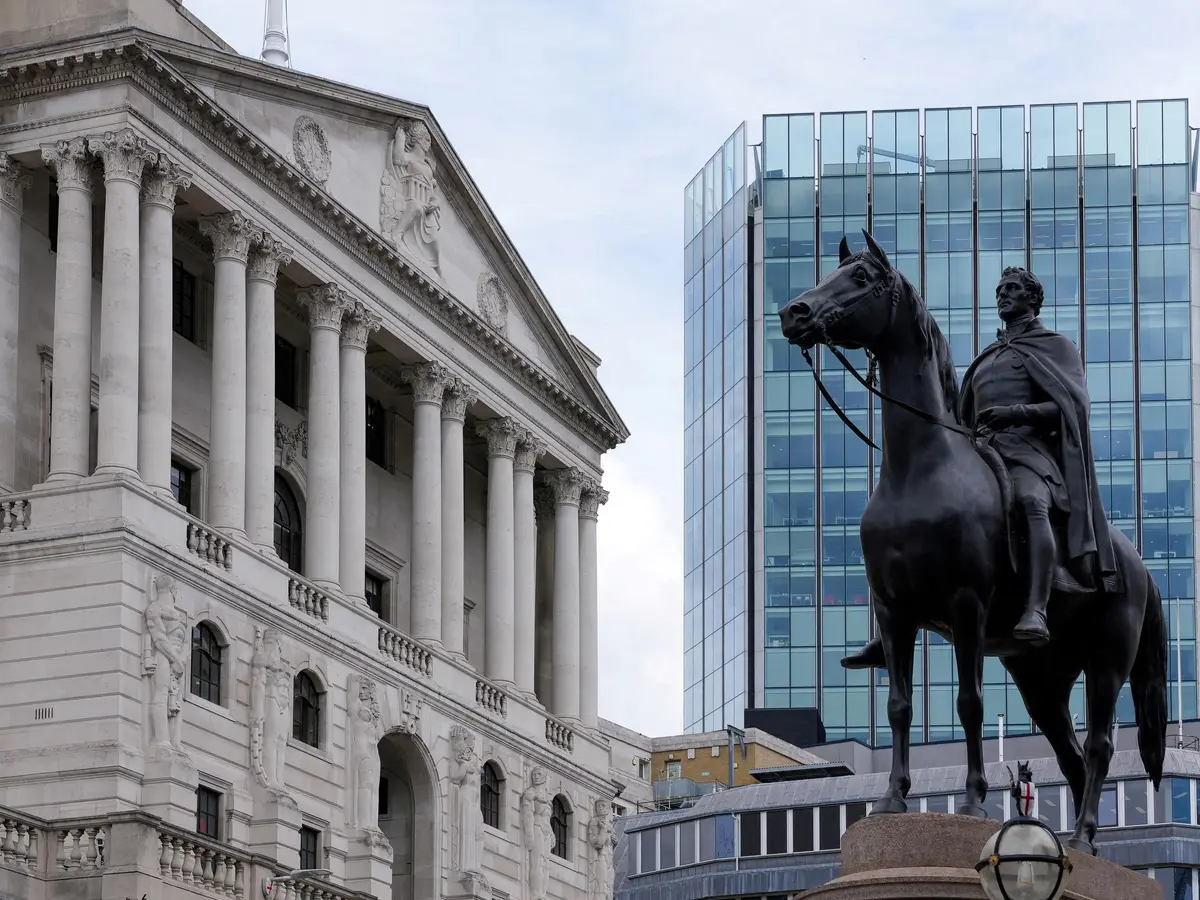The Bank of England (BoE) is expected to slow the pace of its bond sales as part of quantitative tightening (QT), amid rising UK government bond yields and increased scrutiny over market stability and financial losses. A formal review is anticipated in its upcoming policy decision on August 7, as reported by Reuters.
The central bank has already reduced its gilt holdings by £100 billion ($130 billion) over the past year, £87 billion via maturing bonds and £13 billion through active sales. But continuing this pace would require selling an unprecedented £51 billion in gilts in the coming year, a target many economists now believe is unrealistic given current market conditions.
Shift in guidance expected
As per Reuters, the BoE is widely expected to cut interest rates by 25 basis points, bringing the benchmark rate to 4 per cent, and offer updated guidance on QT alongside. Analysts say the surge in long-dated gilt yields and curve steepening could prompt the central bank to slow or pause outright sales.
“They are not operating in a vacuum,” said Peter Schaffrik, global macro strategist at RBC, as quoted by Reuters. “Market conditions have clearly changed.”
Active QT under pressure
The BoE is unique among major central banks for actively selling long-dated government bonds in addition to letting them mature. But that approach was tested in April when it was forced to postpone a scheduled auction after volatility triggered by US President Donald Trump’s tariff announcement, according to Reuters.
A May investor survey by the BoE, cited by Reuters, showed market participants expect the pace of QT to be trimmed to £75 billion per year from September, further declining to £50 billion by 2026-27. That would eventually see active sales stop altogether by 2028.
“QT has never been done in this environment,” said Dani Stoilova, economist at BNP Paribas, adding the BoE might halt all bond sales from October due to “interaction effects” between falling rates and QT, as per Reuters.
Political scrutiny grows
QT has also drawn political attention amid rising losses. Selling gilts in a higher-rate environment means the BoE is often booking losses, which the UK Treasury must cover. The scale of these losses has raised concerns across Westminster.
BoE Governor Andrew Bailey, addressing the matter, denied QT was the sole cause of the yield surge but admitted to Reuters that “how QT interacts with monetary policy and market liquidity” needs to be assessed.
Meanwhile, Michael Saunders, a former BoE rate-setter, told Reuters the central bank could stop selling long-term gilts (20-year+) altogether or refocus on shorter maturities. However, Adam Dent, strategist at Santander, said using QT to control the yield curve’s slope may be ineffective: > “Trying to use QT to control the slope should have little lasting effect.”
Reserve targets in question
The long-term destination of QT remains uncertain. One stated aim is to reduce bank reserves, which still sit around £680 billion, far above the BoE’s preferred range of £385–540 billion. But as Reuters noted, some analysts believe reserves are already approaching their effective lower limit, evidenced by rising participation in the BoE’s repo operations.
“They could slow things down and feel their way to that level,” said RBC’s Schaffrik, quoted by Reuters.
As expectations of a rate cut mount, the central bank faces pressure to adjust its tightening strategy. With markets volatile and political scrutiny intensifying, the BoE’s August 7 decision could mark a turning point in how aggressively it pursues QT going forward.
(With inputs from the agencies)
